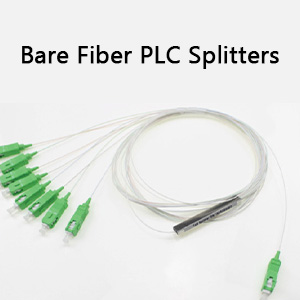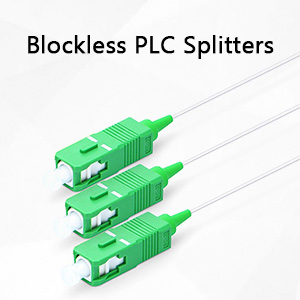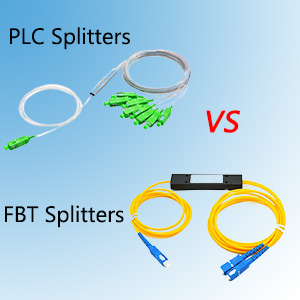CWDM (coarse wavelength division multiplexing), DWDM (dense wavelength division multiplexing) and OADM (optical add/drop multiplexer) are key technologies in modern fiber optic communication systems. CWDM and DWDM greatly improve bandwidth utilization by transmitting multiple optical signals on a single optical fiber, and are suitable for different application scenarios. CWDM is usually used for medium and short distance transmission and has low cost, while DWDM is widely used in backbone networks due to its high capacity and long-distance transmission capabilities. OADM is a device used to dynamically insert or separate optical wavelength signals, providing flexible network management capabilities. Understanding the basic principles and application scenarios of these technologies will help to better design and optimize optical communication networks.
Coarse Wavelength Division Multiplexing (CWDM) and Dense Wavelength Division Multiplexing (DWDM)
CWDM and DWDM are two fundamental WDM technologies. CWDM systems typically offer 8 wavelengths spaced 20nm apart, ranging from 1470nm to 1610nm. By incorporating the 1310nm window, the number of CWDM channels can be expanded to 16. Although this is fewer than DWDM, it exceeds the capacity of standard WDM.
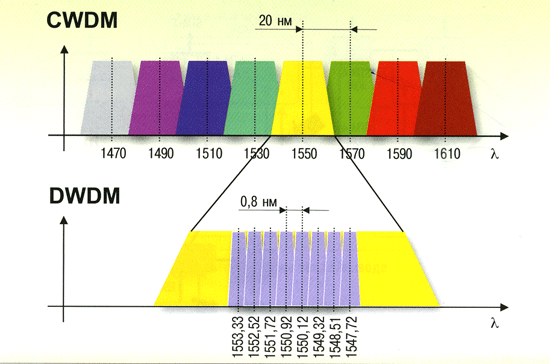
DWDM, on the other hand, packs WDM channels more densely, supporting up to 80 or even 160 channels with spacing as tight as 0.4nm, primarily within the C-band range. This allows DWDM to accommodate a greater number of wavelengths on a single fiber compared to CWDM, albeit at a higher implementation and operational cost.
CWDM supports data transport rates of up to 4.25Gbps, while DWDM is more commonly utilized for large-capacity data transport requirements, reaching up to 100Gbps. By integrating DWDM channels within the CWDM wavelength spectrum, it is possible to achieve significantly higher data transport capacities over the same fiber optic cable, without necessitating changes to the existing fiber infrastructure.
Applications and Advantages of OADM
OADM equipment finds its utility in both long-haul trunk lines and metropolitan area networks (MANs). In trunk applications, OADM serves as the preferred device for intermediate nodes that manage both incoming and outgoing traffic.
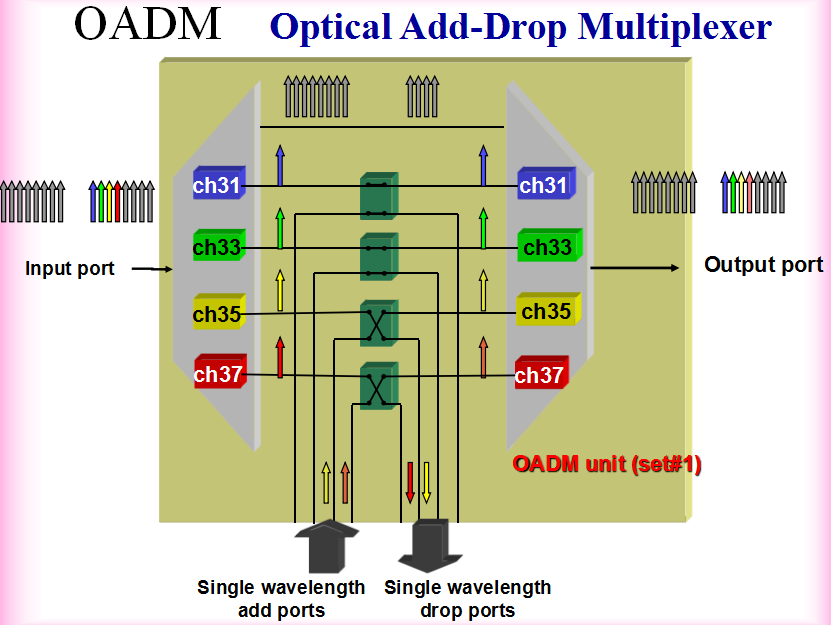
The metropolitan area network is the main arena for OADM applications, offering flexibility in network configuration, ease of upgrade, and scalability. It emerges as an ideal platform for multi-service transmission within urban settings.
OADM facilitates the insertion and multiplexing of different wavelength signals from various optical networks at distinct locations. In conjunction with Optical Cross-Connect (OXC) devices, it enables dynamic network integration, on-demand wavelength resource allocation, and extensive network interconnection. OADM and OXC devices selectively direct only the information destined for local processing to the relevant devices, such as ATM switches, SDH switches, and IP routers, while allowing other information to pass through the optical channel unprocessed. This approach significantly enhances the efficiency of node information processing.
Conclusion
By mastering the core concepts and application scenarios of CWDM, DWDM and OADM, you will have a better understanding of the construction and optimization of optical fiber communication systems. These technologies are not only key tools for improving network performance, but also the basis for coping with the growth of future communication needs. Whether it is choosing the right wavelength division multiplexing technology or deploying flexible network management solutions, a deep understanding of their roles and advantages will help you stay ahead in the rapidly developing communications field.


